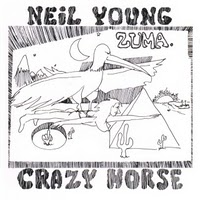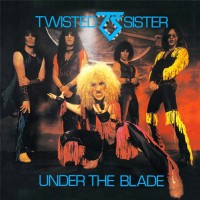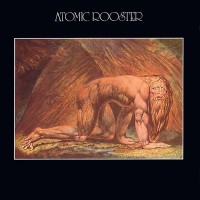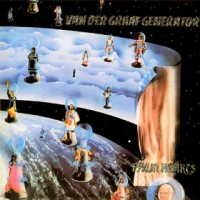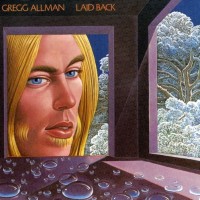
With the ambitious Hemispheres, Rush seemed to have reached the end of a particularly windy road. Permanent Waves’ relatively scaled-back sound and down to earth lyrics marked a major shift in the band’s style. The album kicks off with the electrifying “The Spirit of Radio,” a track that eloquently captures the adrenaline “rush” of a cranked stereo and the open road, while noting all that glitters is not gold. With this single, Rush spoke directly to their denim clad audience more clearly and passionately than in any of their escapist epics, and were rewarded with one of their most enduring FM classics. Not letting up, “Freewill” delivers another future staple in a deceptively accessible burst of brilliantly knotty licks driving a stirring rejection of fate and superstition. Side one closes with the militaristic march of “Jacob’s Ladder,” it’s complex music contrasting a simple and effective lyric. Side two continues to ride the crest of Permanent Waves with two articulate musings on humanity with the ballad “Different Strings” and the bold “Entre Nous.” The album reaches a strong conclusion in the three-part “Natural Science,” a constantly shifting, wide-eyed reflection on scientific ideology. Free of the weight of their sci-fi fantasy baggage, Permanent Waves is an album that seeps into one’s consciousness with a relaxed ease, and points toward the direction of Rush’s finest works to come. —Ben


